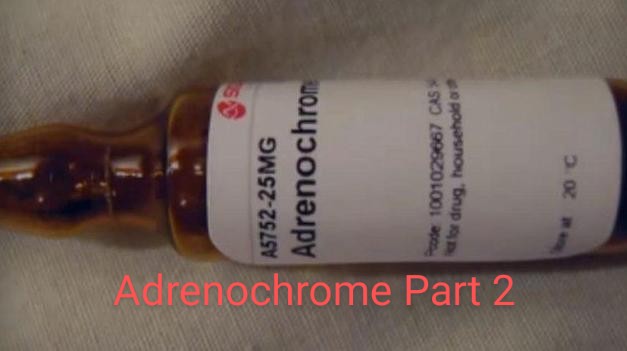
June 8, 2021 – 10:02 p.m.
Adrenochrome is a chemical compound with the molecular formula C9H9NO3 produced by the oxidation of adrenaline (epinephrine). The derivativecarbazochrome is a hemostatic medication. Despite a similarity in chemical names, it is unrelated to chrome or chromium.
Effect on the brain
Several small-scale studies (involving 15 or fewer test subjects) conducted in the 1950s and 1960s reported that adrenochrome triggered psychotic reactions such as thought disorder and derealization. Researchers Abram Hoffer and Humphry Osmond claimed that adrenochrome is a neurotoxic, psychotomimetic substance and may play a role in schizophrenia and other mental illnesses.

In what they called the “adrenochrome hypothesis”, they speculated that megadoses of vitamin C and niacin could cure schizophrenia by reducing brain adrenochrome. The treatment of schizophrenia with such potent anti-oxidants is highly contested. In 1973, the American Psychiatric Association reported methodological flaws in Hoffer’s work on niacin as a schizophrenia treatment and referred to follow-up studies that did not confirm any benefits of the treatment. Multiple additional studies in the United States, Canada, and Australia similarly failed to find benefits of megavitamin therapy to treat schizophrenia.
The adrenochrome theory of schizophrenia waned, despite some evidence that it may be psychotomimetic, as adrenochrome was not detectable in people with schizophrenia. In the early 2000s, interest was renewed by the discovery that adrenochrome may be produced normally as an intermediate in the formation of neuromelanin.
This finding may be significant because adrenochrome is detoxified at least partially by glutathione-S-transferase. Some studies have found genetic defects in the gene for this enzyme.






